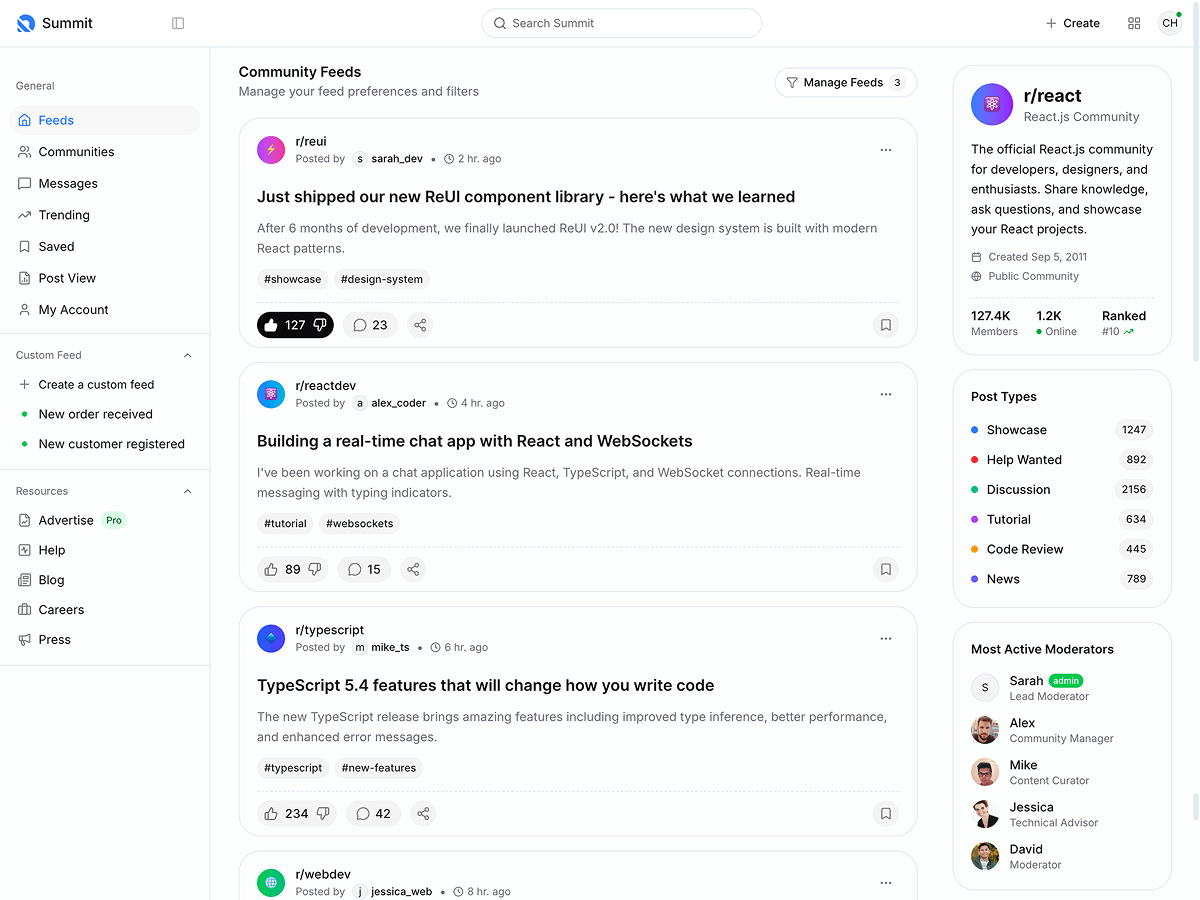How to setup layout builds
How to setup this parts
<!-- layout-partial:partials/theme-mode/_init.html -->
<!--layout-partial:layout/_default.html-->
<!--layout-partial:partials/_scrolltop.html-->
<!--begin::Modals-->
<!--layout-partial:partials/modals/_upgrade-plan.html-->
<!--layout-partial:partials/modals/_invite-friends.html-->
<!--layout-partial:partials/modals/_view-users.html-->
<!--layout-partial:partials/modals/users-search/_main.html-->
<!--end::Modals-->
<!--begin::Javascript-->
Replies (3)
To set up layout builds, start by organizing your design elements into a clear and structured format, ensuring user-friendly navigation and visually appealing content. Begin by selecting a responsive layout that adapts to different screen sizes, followed by adding sections such as headers, images, and text blocks. Incorporate interactive features like buttons and links for smooth user engagement. For example, Tourist attraction Guide layout would prioritize maps, local highlights, and activity listings, making it easy for users to explore destinations. By focusing on intuitive layout builds, you can create a seamless experience that directs users effortlessly through the information, whether it’s about thrilling desert tours or cultural landmarks.
Setting up layout builds involves organizing UI components, defining grids, and ensuring responsive design for different screen sizes. Whether using design tools like Figma or coding frameworks like Bootstrap, structuring layouts efficiently enhances user experience. Proper alignment, spacing, and layering are key to a polished look. Just like in Little Nightmares 2 Game, where level design plays a crucial role in guiding players through immersive environments, a well-structured layout ensures seamless navigation and interaction in digital projects.
Hi
You can use any modern web framework to include and manage these layout partials. Here are some examples:
Laravel (PHP Framework):
Use Laravel's Blade templating engine:
@include('partials.theme-mode._init')
Angular:
Use Angular components and include them in your app.component.html:
<app-init-theme-mode></app-init-theme-mode>
The choice of framework depends on your project requirements and familiarity.










